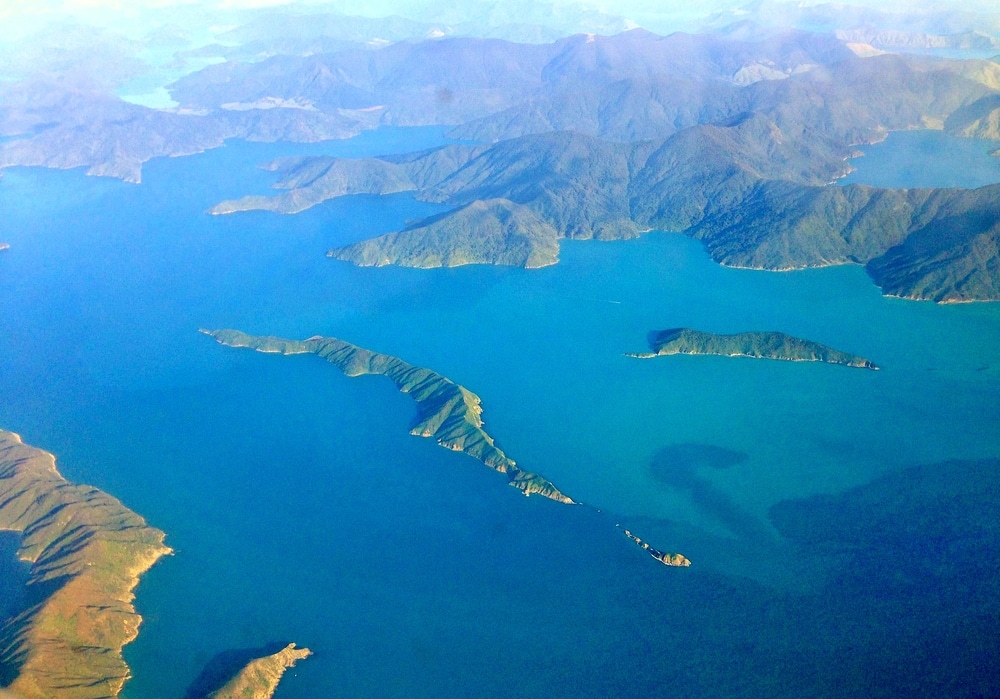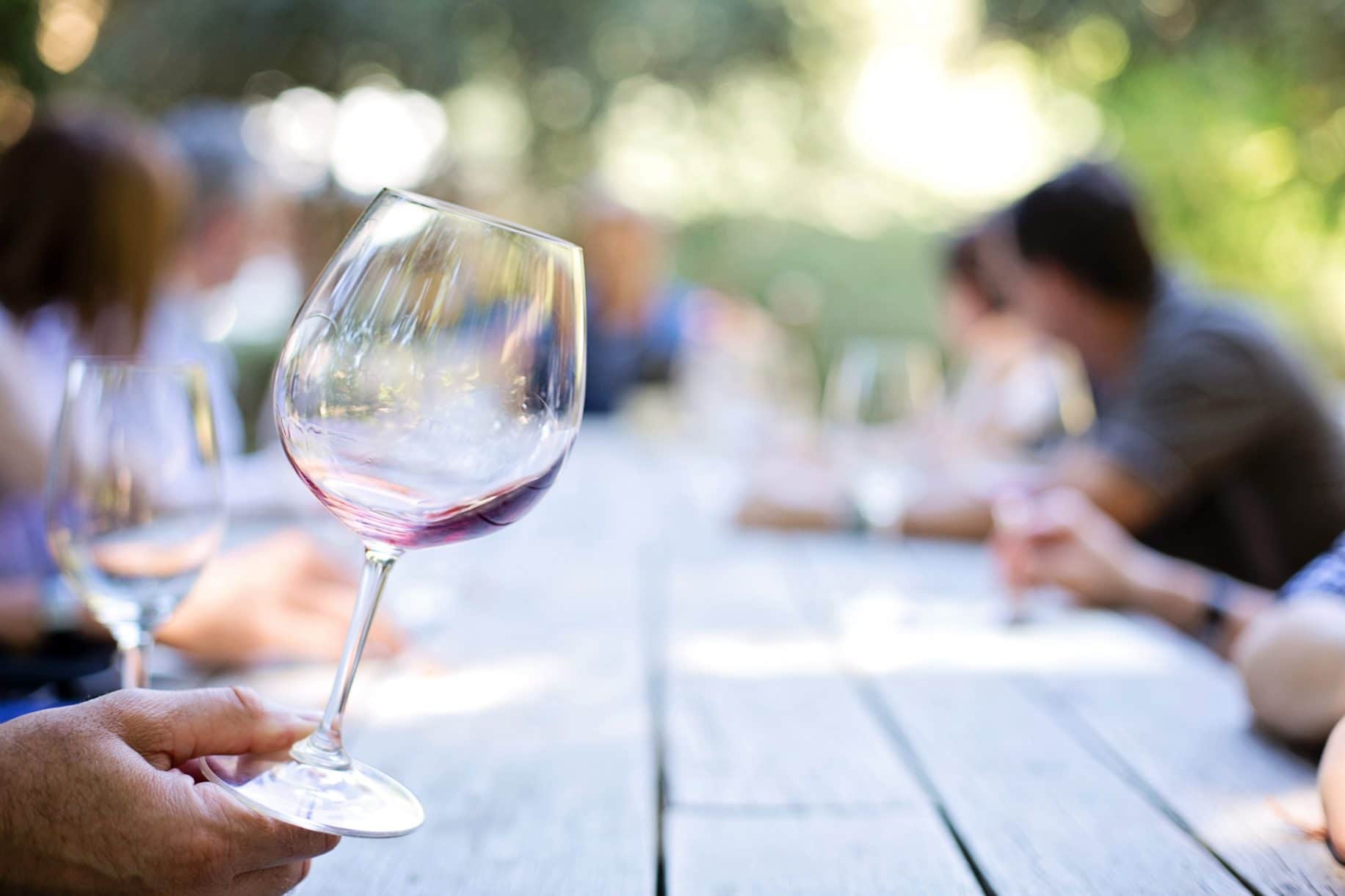Imagine a place on Earth where all seems possible and nothing is beyond limits. Sound impossible? I submit to you that New Zealand is such a place, as I have seen, tasted and experienced.
New Zealand’s wine industry is a mere 35 years old. What has been achieved in such a short time frame is staggering. It is perhaps the wine world’s last shot at something pure, untarnished, un-manipulated, and unapologetically, blindingly bright. In this last bit of land before the Antarctic, with its vast plains that are breathtaking and humbling. Solitude, emptiness and introspection are a part of New Zealand’s story, a story that unfolds to everyone who listens with their heart.
After spending time in Blenheim and Picton, two of the “major” cities of Marlborough, it becomes clear just how remote and sparsely populated this location is. It is the edge of the world, with no street lights, no nightlife and not much in a way of handheld tech devices. Folks actually talk to each other as opposed to staring blindly at their phones.
So why is this region casually and consistently turning out large quantities of such extraordinary wines? To answer that question, we must first look at the geography and topography of New Zealand.
Consisting of two islands, it counts twelve distinct wine areas in its countrywide portfolio. Historically, New Zealand’s population gathered predominantly on North Island, due to its warmer climate and greater urban development. A generation ago, no one would conceive of South Island being crucial to New Zealand’s economy or that it would receive such wide international recognition. Today, largely due to the booming wine industry, South Island plays a crucial role in New Zealand’s growth.
Geographically, New Zealand is nothing short of a paradox. The west coast mountain range gets hammered by brutal winds and storms generated from far away Patagonia. Savage storms generate moisture, push it across the sea, build momentum, and drench the Southern Alps. Greymouth, the largest town in the West Coast region on the South Island of New Zealand, gets its name for the number of grey days it sees. The area is the second wettest place in the world, where ripening any fruit or vegetable would present an insurmountable challenge.
And yet…as soon as the cold wet mass hits the Alps slopes, it gets pushed up and over. The air flows down other side and the mountain ice turns it into a cold dry air mass with no clouds. Angry skies turn on a dime and give way to days of sunshine, crucial to the photosynthesis and plant evolution. A minimum of 64ºF is needed for fruit ripening, and that is exactly what they have. In terms of flavor development, warmer climates often facilitate the lower acid, colder ones higher, prized acid.
Think of it like dreary, grey Ireland except with days of sunshine. Counterintuitive? Yep! Magic? Absolutely. Sunshine and cool conditions deliver wines that are ripe, texturally sound, with a lively mouth-watering quality.
Marlborough is now known worldwide for its phenomenally successful Sauvignon Blancs. The flavor profile of these wines may as well be trademarked as they represent something completely unique and different. That signature gooseberry, tomato stalk, lemongrass, lime blossom flavors just can’t be replicated elsewhere.
Robert Mondavi didn’t invent Cabernet, he took it in a different direction than France. Karl Wente didn’t invent Chardonnay, he re-interpreted it. When the 1983 Montana Sauvignon Blanc hit the export market, the world jumped to its feet. It was an absolute original: fresh, citrusy, green, shockingly tasty, infinitely drinkable. New Zealand invented an entirely new flavor profile that wasn’t based in anything remotely similar to the Old World.
Cloudy Bay was crucial to developing new world wines. New Zealand was in desperate need of a spectacular, star-like quality wine. Cloudy Bay burst on the scene like a lightning bolt. Originally made with no vineyards and no winemaker, it took the world by surprise. During the first vintage, David Hohnen, the founder of Cloudy Bay, on North Island, two hundred miles away, was on the phone with Kevin Judd walking him through the winemaking process. They managed to produce and release a couple of hundred cases of wine at their makeshift “operation” in 1985 and entered in an international contest. They won best Sauvignon Blanc, worldwide.
Cloudy Bay has since been acquired by the luxury conglomerate Lois Vuitton Moet Hennessy. They may sport a bit of corporate exterior, but deep down beats the heart of New Zealand pioneers. During my visit, the staff was infinitely friendly, casual and clearly passionate about their wines. If you visit Marlborough, it is a magical (and must) stop.
It is undisputed that New Zealand produces some of the best Sauvignon Blancs in the world. Yet, shockingly, when I gushed about the Sauvignon Blancs to New Zealand winemakers, more often than not I heard some type of apologetic dissertation. Apparently what comes easily is deeply underappreciated.
In addition to phenomenal Sauvignon Blanc, New Zealand produces world-class Chardonnays. They are classic, tense, resemble Burgundian style, and are wildly successful efforts. The wine world has often struggled with this varietal, yet New Zealand wineries have succeed where many have faltered.
There is also a brand new crop of winemakers who are taking Riesling by storm, with the creative courage to get away from high residual sugar, they have taken this variety to new heights. New Zealand Rieslings are sharp, with bright acidity and tons of personality…and bargain priced.
My professional colleagues obsess about Pinot Noir, and thankfully public is catching on. Central Otago Pinots are very well received, the ones from Martinborough and Marlborough are less known, yet quite noteworthy. In Martinborough, the weather conditions, particularly the early part of summer are not ideal for ripening fruit. The upside is low yields, no need for green harvesting and higher acid. The wines are more austere, Burgundian in style, rather than being big or fruit forward, and show great structure and savory flavors. Marlborough Pinot Noirs, on the other hand are occasionally accused of being too tasty, too hedonistic. Wait, what? How can wine be too tasty? That is the point of view that is tough to comprehend and even harder to buy into.
Being new to the winemaking world means not being tethered to preconceived notions, dogmas or traditions. New Zealand winemakers experiment, fail, succeed and try all over again. They have nothing to lose. The young at heart believe that they are invincible. They feel emboldened, ready go out on the limb and to risk it all. Every single great invention was based upon challenging the establishment, going against the grain, paving your own way.
What will be the determining characteristics of wines of our time? What would a wine geek of 22nd century mention about our era? Perhaps they’ll observe how we tasted something great, then got out of our own way and embraced it. Wouldn’t that be something? Recognize and love what we have right in front of us. Celebrate pleasure, uniqueness, and life in all of its expressions. Pour me a glass of that Cloudy Bay, please.






































You must be logged in to post a comment.